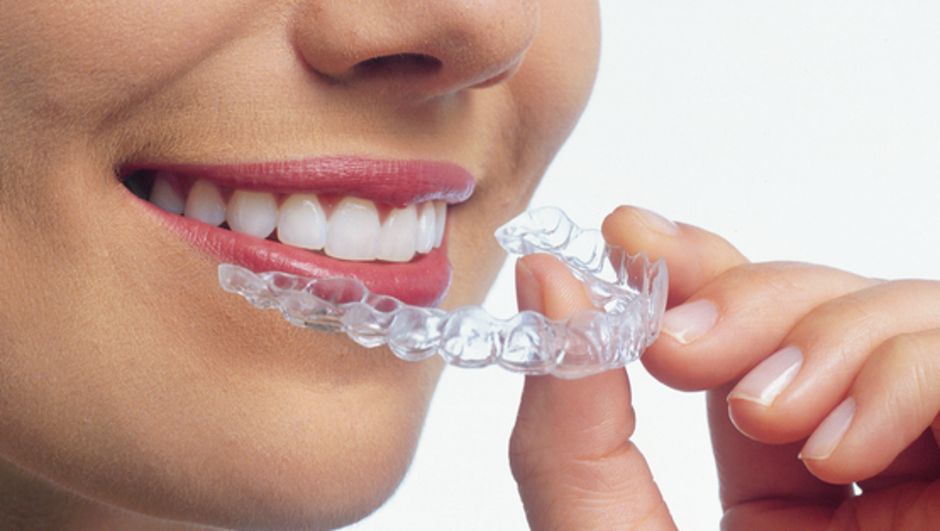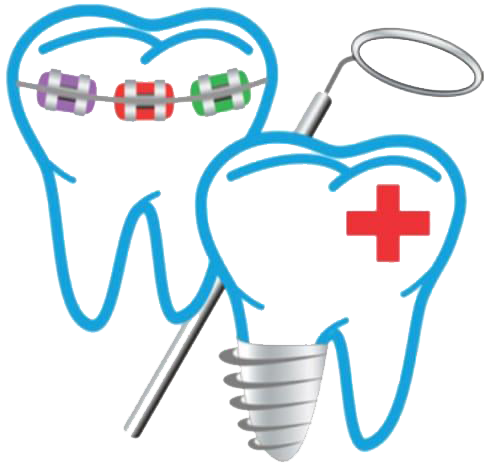Services
- Painless Extraction
- Smile Design
- Smile Correction
- Implants
- Zirconia Crowns
- Cosmetic Dentistry
- Veneers
- Tooth Jewelry
- Orthodontic Treatment
- Scaling
- Habit Breaking Appliances
- Cosmetic Light Cure Filling
- Imported Complete Denture
- Root Canal Treatment
- Bleaching Tooth Whitening
- Treatment of Pyorrhoea & Bleeding Gums
- Fix Crown & Bridge Metal Free in Porcelain All Ceramic Zirconia.
- Removable Partial Denture
- Treatment Under Fully Sterilized Coditions
Orthodontic Treatment

Orthodontic treatment uses appliances to correct the position of the teeth.
The four main types are:
- fixed braces – a non-removable brace made up of brackets that are glued to each tooth and linked with wires
- removable braces – usually plastic plates that cover the roof of the mouth and clip on to some teeth; they can only carry out very limited tooth movements
- functional appliances – a pair of removable plastic braces that are joined together or designed to interact together, and fit on to the upper and lower teeth
- headgear – this isn't an orthodontic appliance itself, but can be used with other appliances and is usually worn at night
In more severe cases, treatment may involve fixed braces and surgery to move the jaw. This treatment is carried out in hospitals.
These treatments are outlined in more detail below. Further information can be found on the British Orthodontic Society (BOS) website.
Fixed braces
Fixed braces are the most common type of orthodontic appliance. They can be used when a number of teeth need to be corrected, or when the treatment needs to be precise to prevent problems in the future.
You'll be able to eat normally while wearing a fixed appliance. However, you should avoid certain foods and drinks, such as toffee, hard sweets and fizzy drinks, as they can damage the appliance and your teeth.
If you're using a fixed appliance and you play a contact sport such as rugby, you should wear a gum shield to protect both your mouth and the appliance.
Fixed braces are usually made out of metal, so will be noticeable on the front of your teeth.
Many private orthodontists now offer ceramic or clear plastic braces, although they're usually more expensive. Their use also depends on the particular problem and tooth position.
Removable braces
Removable braces can be used to correct minor problems, or as part of fixed brace treatment. They can sometimes be used to discourage children from sucking their thumb.
These braces should only be taken out of the mouth for cleaning or as a precaution during certain activities, such as cycling or playing a wind instrument. Your orthodontist can advise you about this.
Functional appliances
Functional appliances can be used to treat problems with the position of the upper jaw and teeth, and the lower jaw and teeth.
Most people need to wear them all the time. It's very important to follow your orthodontist's instructions about how and when to wear the appliance. If it's not worn correctly, the treatment won't work.
It may be necessary to remove your functional appliance for cleaning and while you're eating.
Headgear
Headgear is used to correct the position of the back teeth or to keep them in position while the front teeth are being treated.
Most people only need to wear headgear for a few hours during the evening or when they're sleeping. You won't be able to eat or drink while wearing headgear.
